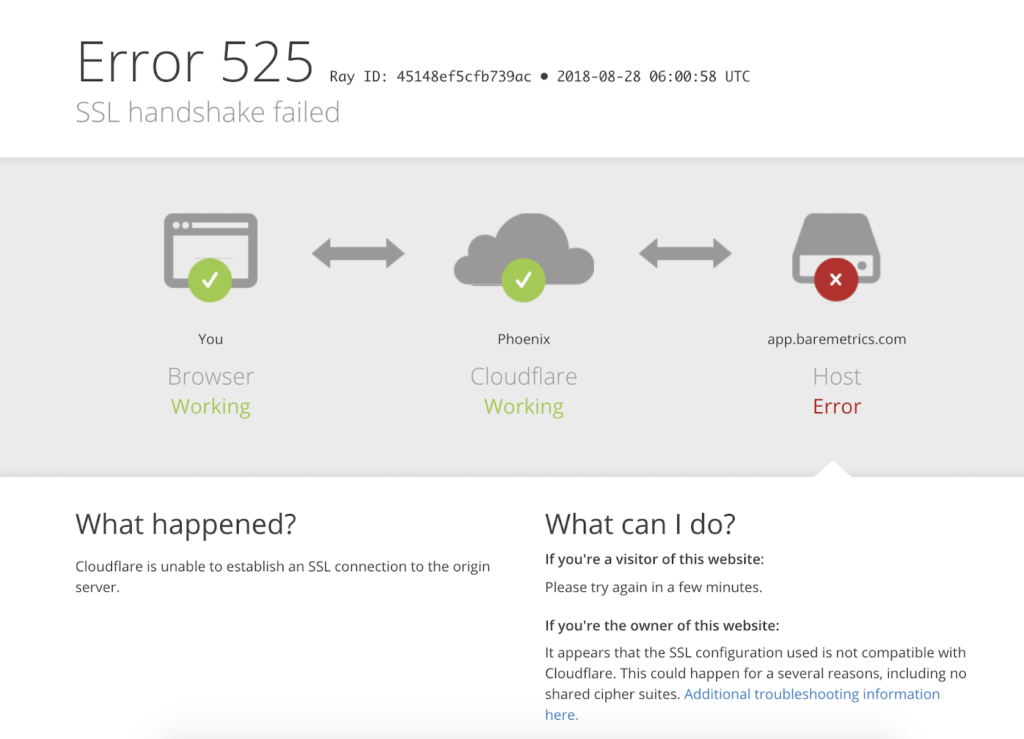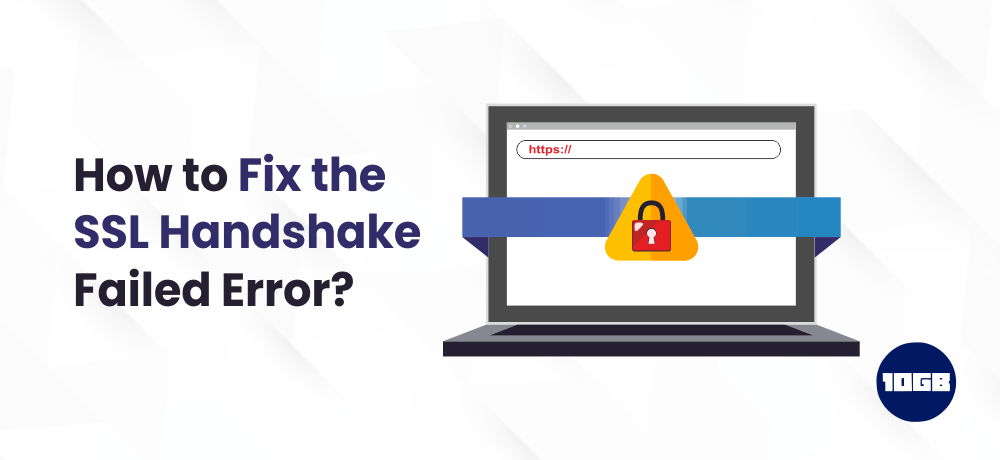If you have ever faced an SSL Handshake Failed error and are in dilemma as to what it means then you are not alone. It is a common website error that doesn’t describe much. Though it can be a daunting task to fix this error. Luckily, there are few steps you can take to fix the issue.
In this blog post, we will explain to you what SSL Handshake Failed error is and what causes this error. Later we will offer you various methods you can utilize to resolve it.
SSL Handshake Introduction
Before we delve deep into what causes a TLS or SSL handshake failure, it is beneficial to understand what TLS/SSL handshake is. Secure Sockets Layer (SSL) and Transport Layer Security (TLS) are protocols utilized to authorize the transfer of data between servers and external systems like browsers.
SSL certificates are required to safeguard your website using HTTPS. We won’t discuss in deep about the difference between TLS vs SSL. The terms are often utilized conversely, therefore for your ease, we will utilize the term ‘SSL’ to refer to both.
With that being said, an SSL handshake is the initial step in the process of establishing an HTTPS connection. To validate and form the connection, the users’s browser and the site’s server must surpass few checkpoints (handshake), that establish the HTTPS connection parameters.
Meanwhile, you can read this blog post on the difference between SSH vs SSL.
Understanding What Causes an SSL Handshake Failed Error
An SSL Handshake Failure or Error 525 signifies that the server and browser were not able to establish a secure connection. This could happen for a wide range of reasons.
Usually, an Error 525 signifies that the SSL handshake between a domain using Cloudflare and the source web server failed.

But, it is likewise crucial to understand that SSL errors can occur on the client-side or the server-side.
Common reasons for SSL errors on client-side can likely be:
- The incorrect date or time on the client device.
- Browser not properly configured.
- A connection that is being obstructed by a third party.
Few server-side causes can possibly include:
- Mismatch of a cipher suite
- The protocol utilized by the client that is incompatible with the server
- A certificate that is unfinished, invalid, or expired.
How to Resolve the SSL Handshake Failed Error
An SSL Handshake Failed error can be caused due to various reasons. Hence, there is no simple answer on how to fix this error.
Luckily, there are several methods available to fix these issues. Let’s discuss some of the strategies and methods to fix the SSL Handshake Failed error.
Update Your System Date and Time
One of the ways to fix the SSL Handshake failed error is to update your system date and time.
If your system is utilizing incorrect dates and times, it is likely to obstruct the SSL handshake while the system clock is distinct from the current time.
However, if your clock is displaying the right time and still facing the SSL Handshake Failed issue. Then, you need to look for other methods to resolve this issue.
Check If Your SSL Certificate Is Valid
To ensure that validation information stays accurate, expiration dates are placed on SSL certificates. The validity of these SSL certificates remains for anywhere between six months and two years.
You can utilize an SSL certificate checker tool to view the status of your SSL certificate. This tool is free and reliable to use. You just need to enter the domain name and click submit button. On analyzing the website’s SSL configs, it will show you if the certificate is valid and also check if it has been revoked due to any reason.
Conclusion
We hope this article helped you fix the SSL certificate checker tool.
Moreover, we at 10GB Hosting offer 24/7 support and Cheap SSL Certificates with our Cheap VPS Hosting UK plans.
We are more than happy to help you with your queries and doubts.
